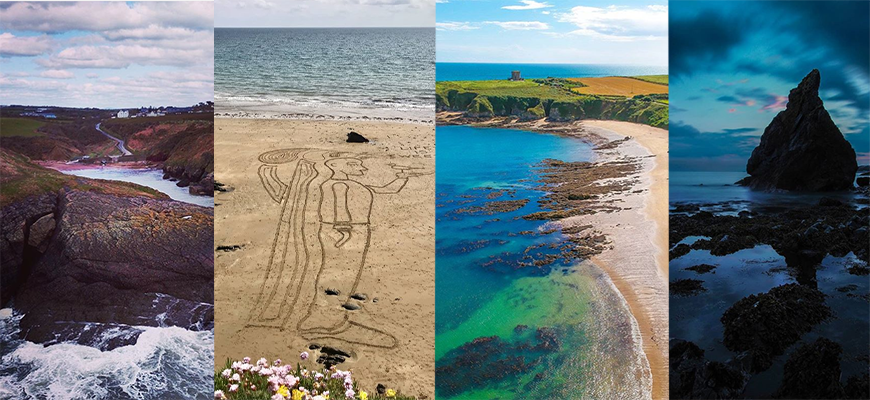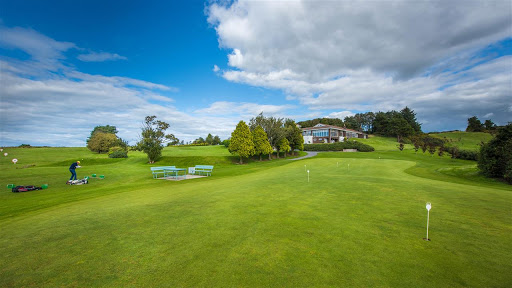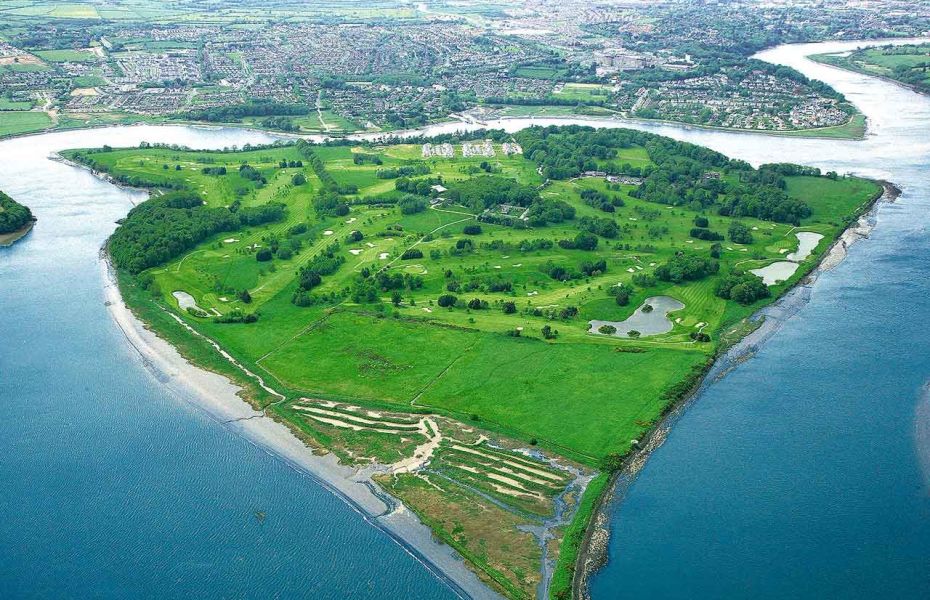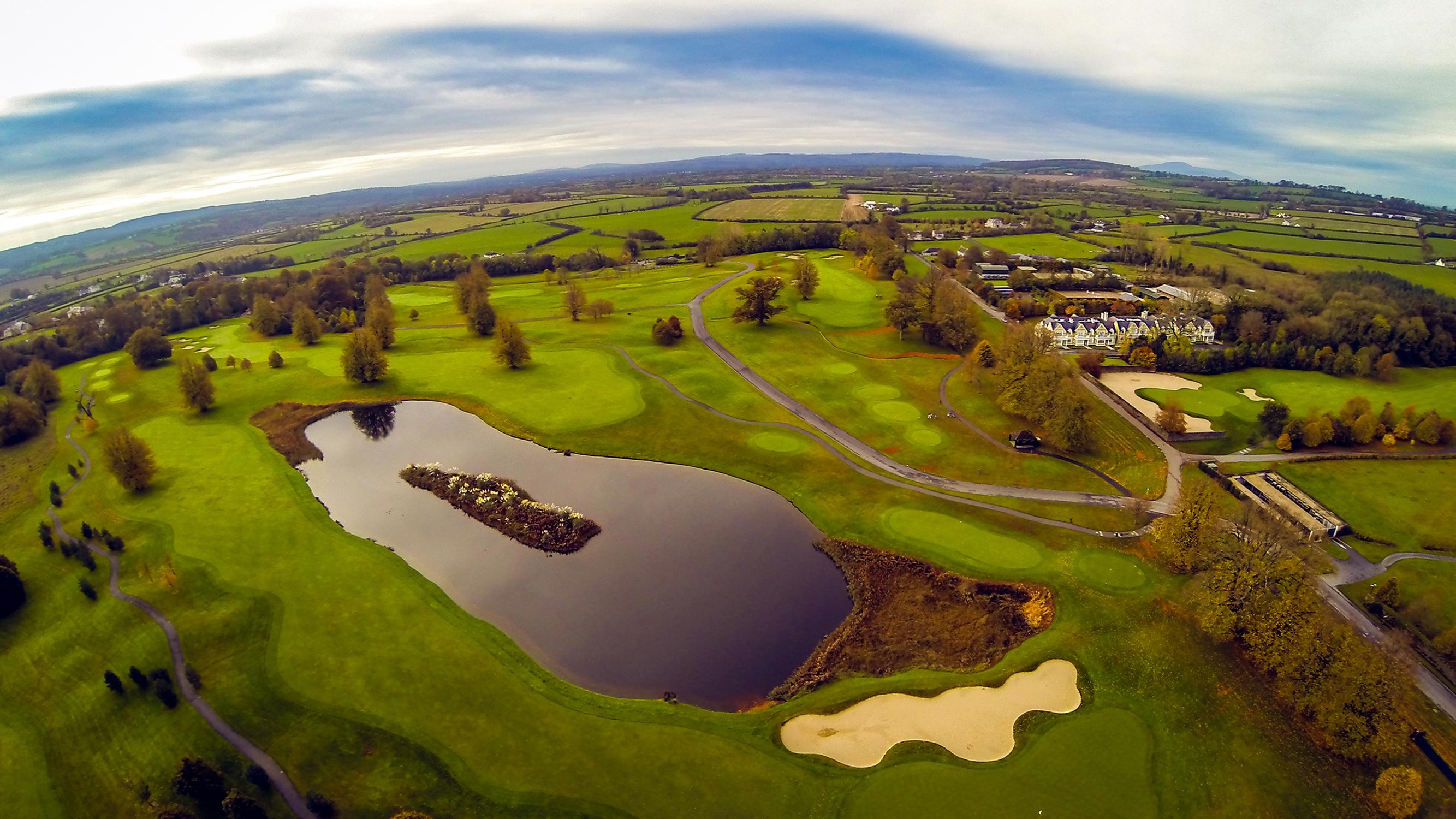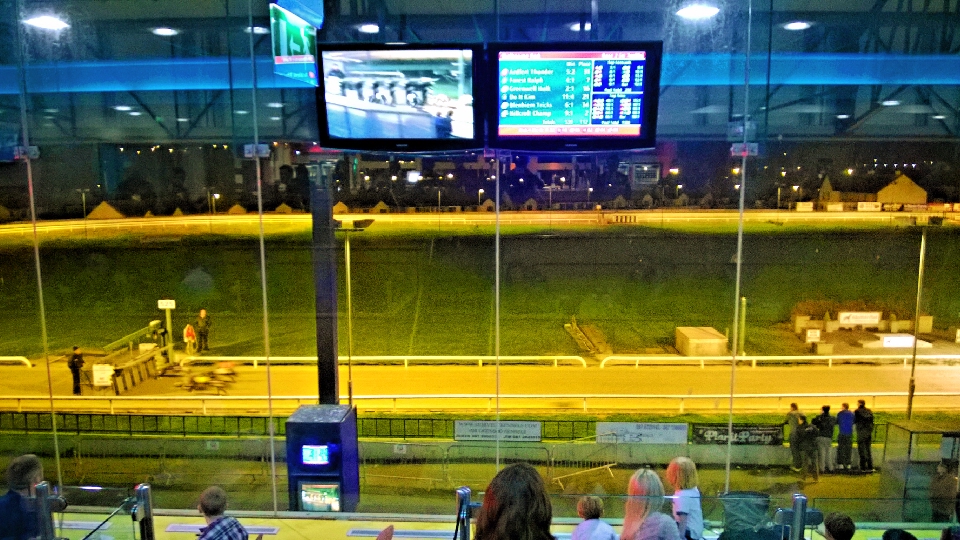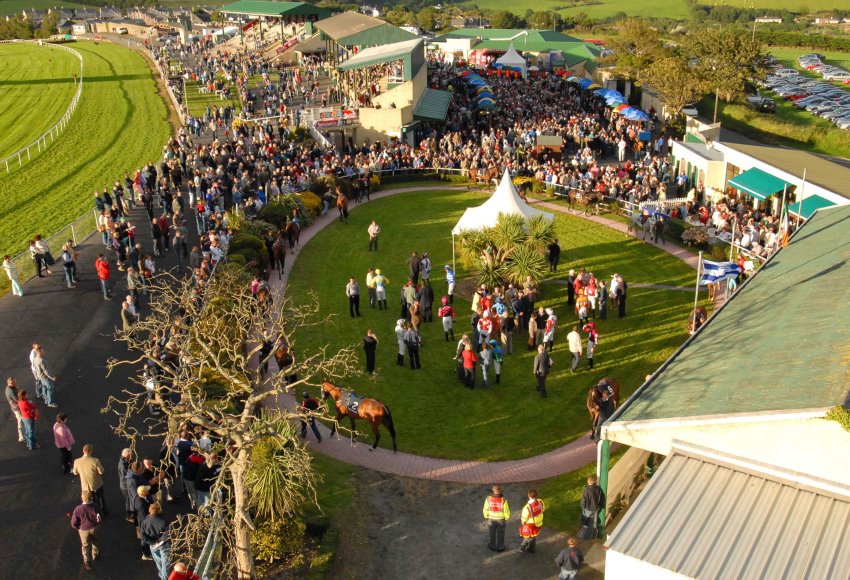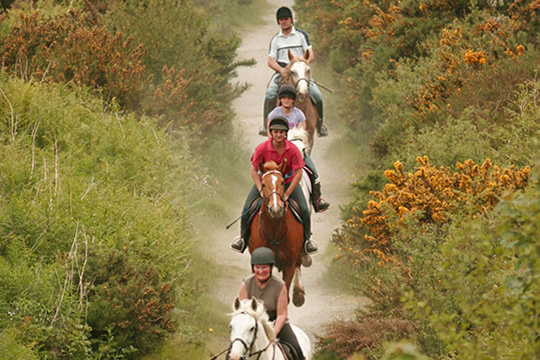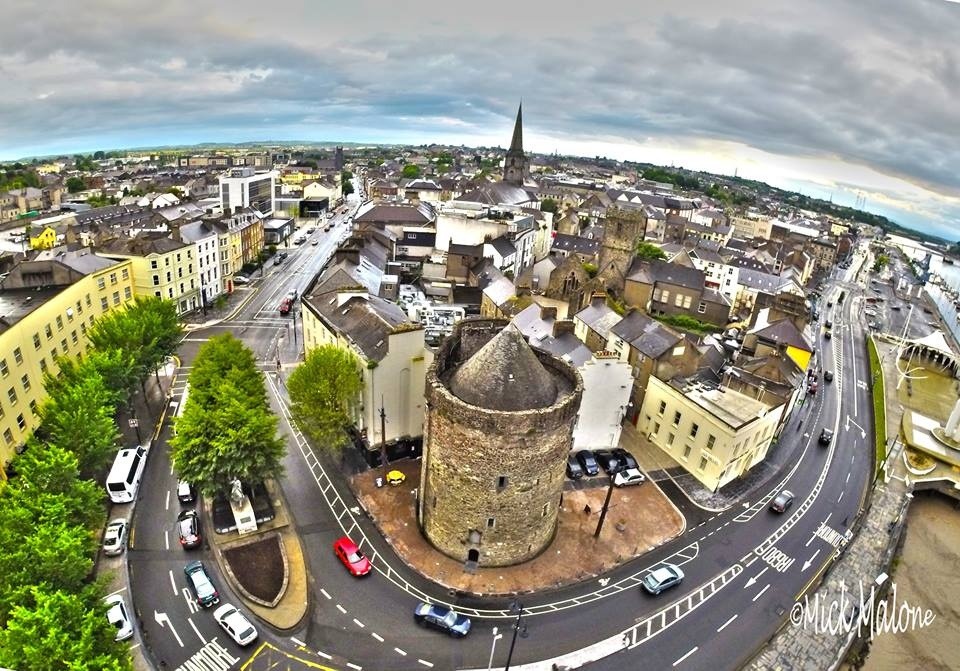What to Explore in Tramore
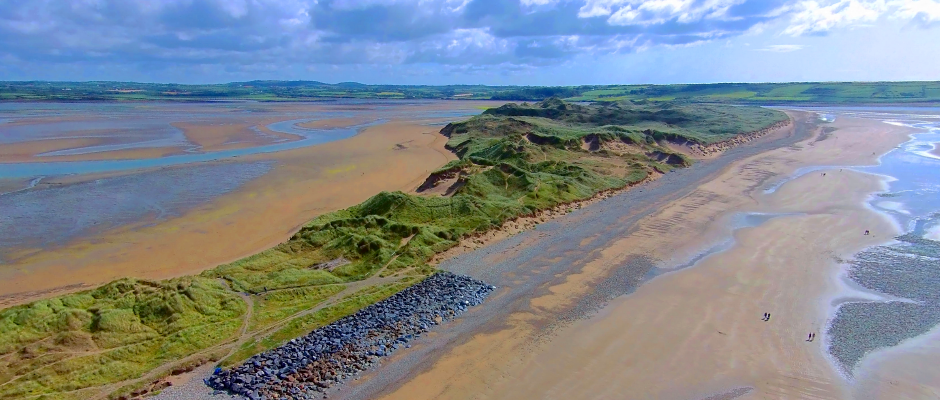
You have rented an amazing hotel and are now enjoying what Tramore has to offer, but you are struggling to think of ideas where to go and what to do. The following are definitely worth squeezing into your day to ensure a varied experience.Tramore is particularly popular during the spring and summer months of the year, it’s an ideal location to spend a week or even a long weekend. Tramore bay carries a strand and a promenade where tourists can stroll and enjoy a number of different activities throughout the day. There are a number of different facilities to enjoy in the area including amusement arcades. These are open all day long and while they cater to families during the day, during the night they are ideal for couples and older people to enjoy.
There are a variety of leisure facilities that are perfect for people of all different tastes. Whether you want to go horse riding, trekking, surfing or something else entirely, the options are endless at Tramore. There are also a variety of events in Tramore throughout the year, depending on when and why you are visiting this town. Be sure to research what is on in Tramore during the time that you want to visit.If you want to stick to things you are already used to then maybe you’d prefer to go to the cinema in Tramore or explore some of the restaurants that are around the area. There are a variety of eateries suited to all different tastes, whether you like Asian cuisine or something a little more close to home.
Tramore is most well known for its amazing beach and the overall happy atmosphere between tourists and locals alike all year long. Staying at this choice would be a good choice no matter what your current situation is.
NEWTOWN COVE 
Famous for their deep and clear waters, they are regarded by many as two of the best outdoor swimming spots in Ireland.
Newtown is a small sheltered cove with a stony beach, with easy access for swimmers by the slipway or ladder.
The Guillamene can be accessed by steps from the car park, it is popular with both young and old. There are platforms to dive from, a small changing area and easy access to and from the water by multiple sets of steps. Swimming is easy at both high or low tides.
The rocky outcrops below the steps to the Guillamene provides a perfect location for some shore fishing.Or simply sit and enjoy the breathtaking views from Tramore beach to Brownstown head.
Newtown and Guillamene Swimming Club has been in existence for over 70 years. Over the years the Club has contributed to the maintenance of the Cove, both financially and by volunteer work. The Club received grant aid from Waterford Leader Partnership under the Rural Development Programme Encouragement of Tourism Activities Measure to preserve and enhance the coves ensuring a safe and enjoyable area for future generations.
TRAMORE BEACH & SAND DUNES 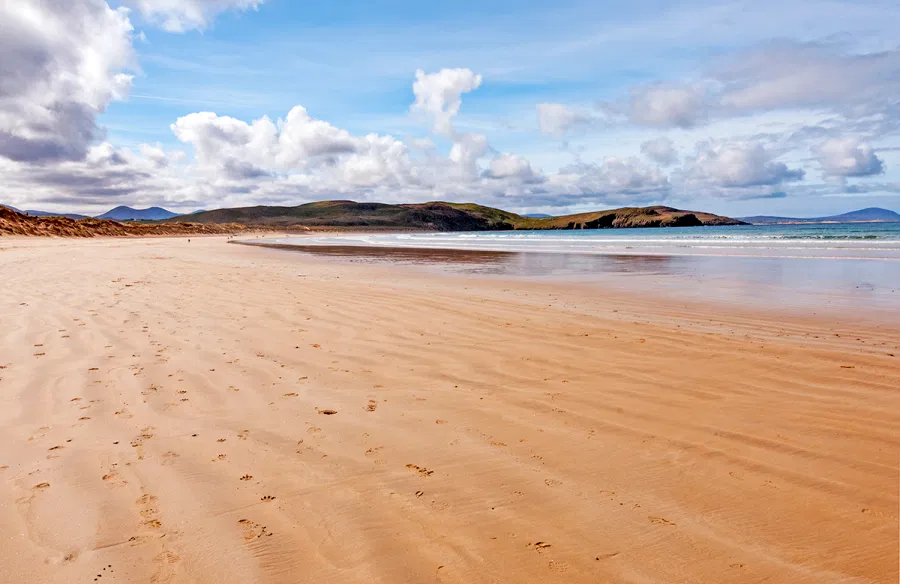
If you are looking for a huge sandy beach then Tramore could be for you. The name itself means “Big Strand” and that is exactly what it is. The beach here stretches 5 km (3 miles) along Waterford’s Atlantic coast.
Tramore does draw a crowd from nearby Waterford City but there is always plenty of room to spread out on this spacious beach.
At the eastern end of the bay, the beach is backed by the popular holiday resort of Tramore with its promenade and various amusements. As you head further along the beach towards Brownstown Head things become increasingly quiet and the backdrop becomes one of sand dunes. Just over the dunes is a tidal lagoon known as Back Strand.
Whilst Tramore is sheltered from some of the wind it picks up a fair bit of the Atlantic swells making it a popular spot with surfers. Fishing is also popular at Tramore with the area around the mouth of the lagoon providing the best catches including bass and flounder.
5km of golden sand and surf, this beach can offer both excitement and solitude.
Tramore promenade can provide the thrill seekers with a variety of watersports, shops, restaurants, cafes or Amusments.
While just a few minutes walk along the beach will take you to the solitude of the back strand with some of Irelands largest sand dunes and the variety of wildlife found there.
Copper Coast Geopark 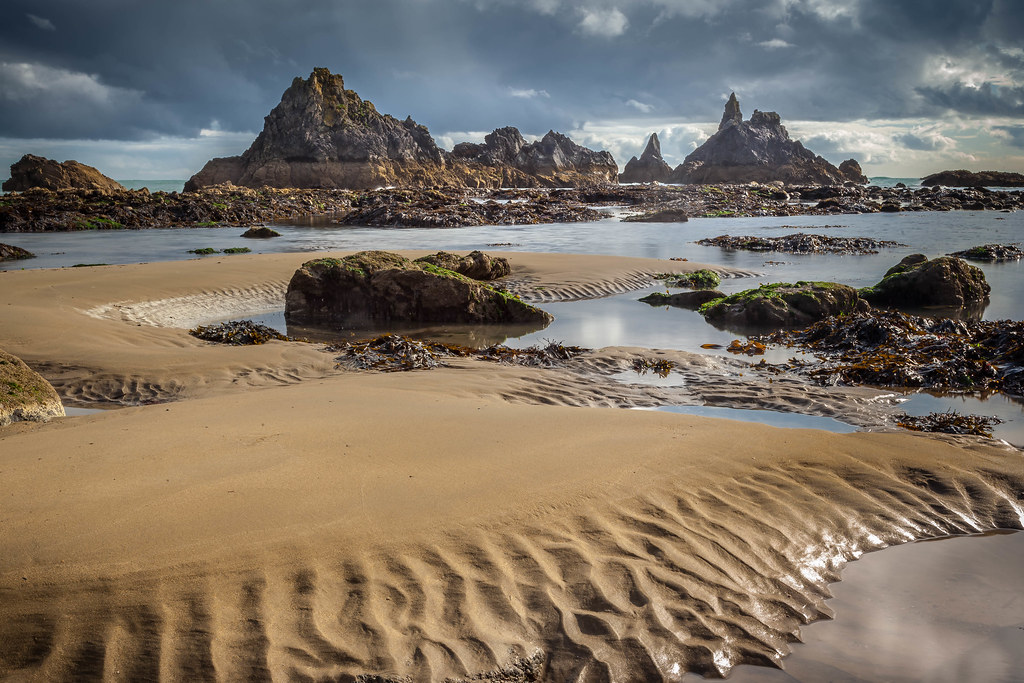
The Copper Coast Geopark is a designated area located along the southern coast of Ireland in County Waterford, extending for some 17 km from Kilfarrasy in the east to Stradbally in the west. The Copper Coast Geopark was the first Geopark designated on the island.
The Copper Coast is a spectacular record of the earths past linked cultural and intangible heritage and community activism. Its rocks and geosites tell the story of undersea volcanos, arid deserts and dramatic ice-ages while its human history is inextricably linked with its landscape from ancient to early modern times. The Copper Coast is named for the vast mines that once ran here during the 19th century and left an archaeological and cultural heritage
THE METALMAN 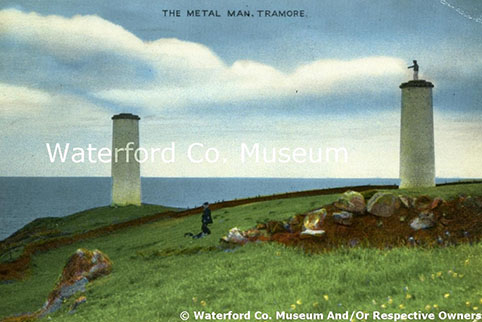
Westown, Tramore, Co. Waterford, Ireland
The Metal Man stands on one of three pillars near Newtown Cove, the maritime beacons were constructed through Lloyds of London at the behest of the Admiralty after the tragic loss of 360 lives after HMS Seahorse sank after becoming grounded at Brownstown Head in bad weather, this tragedy happened in 1816.
The Metal Man is still standing today and dressed in British sailors clothes, a blue jacket, red top and white trousers. The Metal Man is currently on private land and entry to the lands is blocked as the cliffs around the three pillars are very dangerous and unprotected.
The iron metal man figure itself was designed by Thomas Kirk. Only two of the four figures originally planned to make, were cast from that mould and the other figure sits in the water of Sligo Bay at Rosses Point, here the Metal Man is on a small pillar down in the harbour and not visible from long distances like the one in Tramore. The 3 towers at Westown and their sisters at Brownstown Head, Tramore were erected in 1823. They are sometimes thought to be the work of Alexander Nimmo, the same architect who designed Dunmore East lighthouse. However, information from the Inspectorate of Irish Lights mentions that George Halpin Snr. was responsible for their design.
